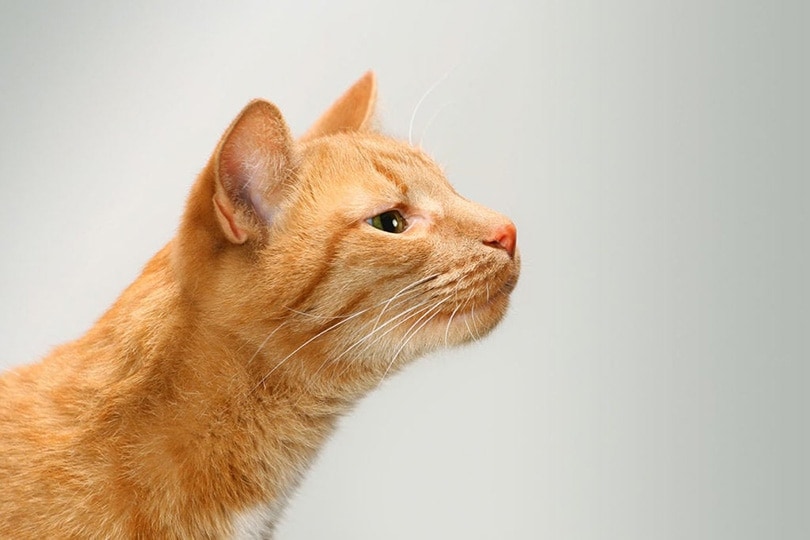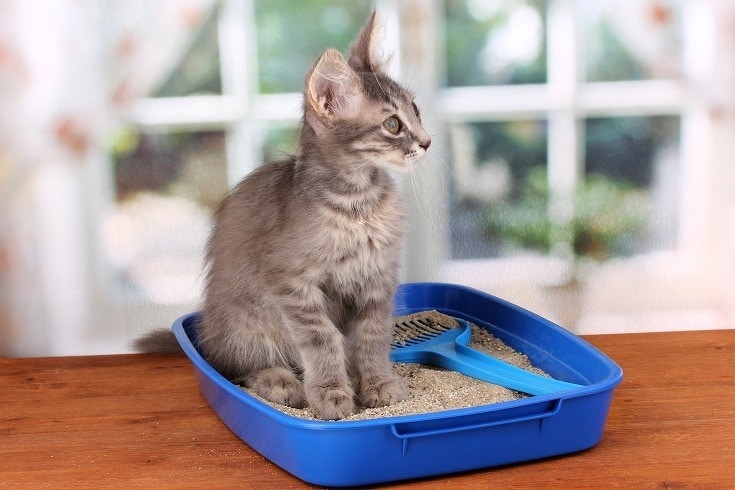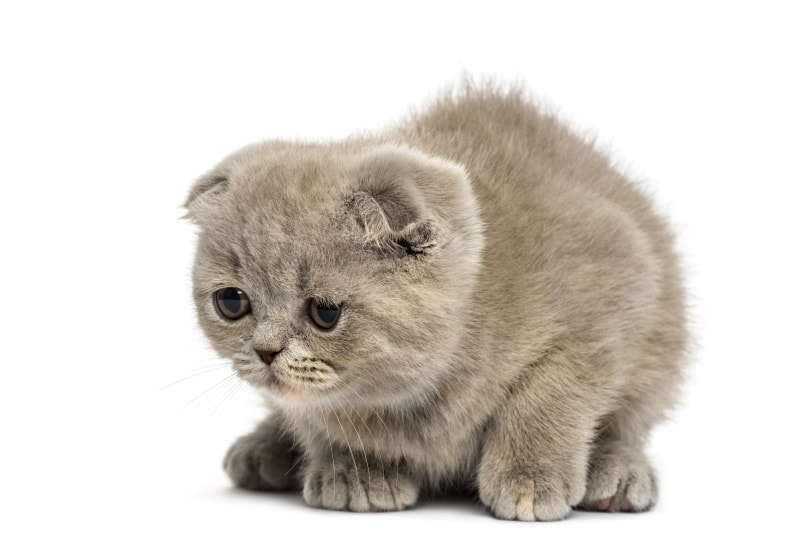Doll Face Persian Cats: Facts, Origin & History
By Ed Malaker
Updated on
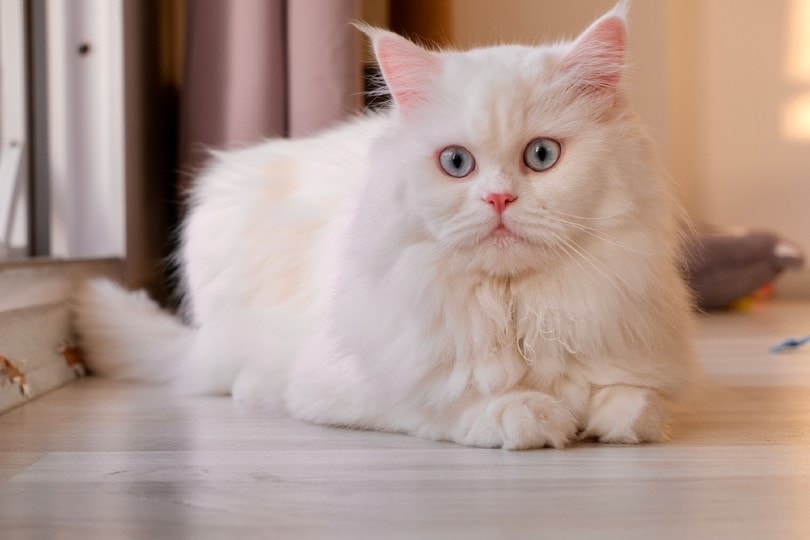
The Doll Face Persian Cat is one of two types of Persian cats that you can purchase. The other is the more popular flat-faced Peke Persian or just Persian. The Doll Face more closely resembles what this ancient breed would look like without breeder interference, and since they don’t have the squished nasal passages of their close relatives, they don’t have many health concerns. If you are interested in getting one of these cats for your home, keep reading while we dig in and learn more about them.
The Earliest Records of Doll Face Persian Cats in History
The Doll Face Persian is also called the Traditional Persian, and they’ve been around much longer than the modern version. They’re longhaired cats with round faces, and the first documents that mention them date back to 1620, when Italy imported them from Persia, which is modern-day Iran.
They remained unchanged until English breeders developed them further in the late 19th century. Then, after World War 2, American breeders further developed them into the modern flat-faced version that many consider a new breed.
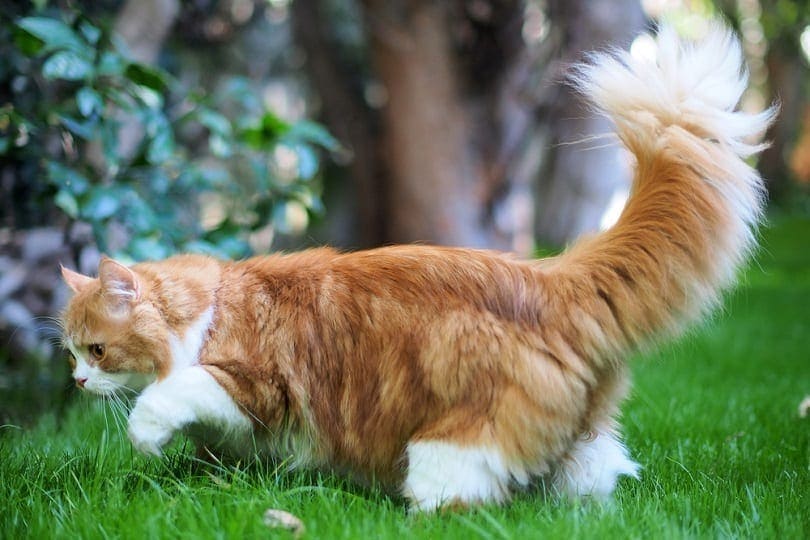
How Doll Face Persian Cats Gained Popularity
Persian cats began to compete in cat shows around 1871 in England and quickly grew in popularity. They’re similar in appearance to the Angora and other popular cat breeds, but they have much longer tails, thicker coats, and less pointed ears.
Persian cats also have a rounder head than Angoras. The Persian cat’s long hair and friendly nature made them favorites at competitions and, in the home, and they are still one of the most popular cats in the world, except in the United Kingdom, where the British Shorthair is the most popular.
Formal Recognition of Doll Face Persian Cats
A cat show operator created the first breed standard in 1889, and it was the first to establish the difference between the Persian and the Angora. In 1882, a genetic mutation gave rise to the Chinchilla coat, and in the 1950s, a genetic mutation gave rise to the modern style of flat-faced Persian Cats that have become more popular.
In 2004, the breed standard was changed for the modern Persian to prevent the flat face from becoming too pronounced. In 2007, they adjusted the breed standard again to state the forehead, nose, and chin should be in alignment. Most breeders now consider the Doll Face Persian and the Peke Persian separate breeds.
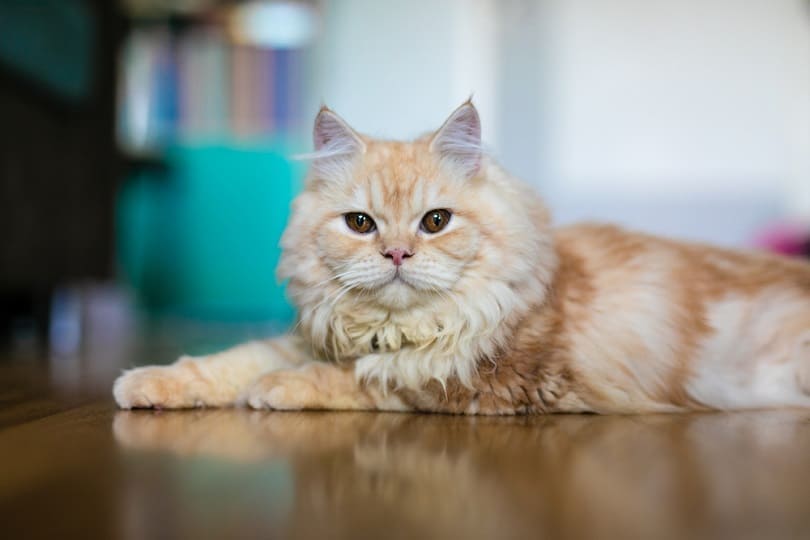
Top 10 Unique Facts About Doll Face Persian Cats
1. Persian cats have many names depending on where you are, including the Shirazi cat and the Iranian cat.
2. Persian cats have a long lifespan that often exceeds 15 years.
3. Persian cats came to America in 1895 and are still one of the most popular breeds.
4. Many celebrities owned a Persian cat, including Marylin Monroe.
5. Though they have long hair, they are not heavy shedders.
6. Persian cats are available in a wide variety of colors.
7. There are many famous paintings of the Persian cat, with some selling for more than $800,000.
8. Many people refer to them as furniture with fur because they tend to lounge around all day.
9. Persian Doll Face cats do not like noise.
10. Persian Doll Face cats are extremely vocal and some even sing.
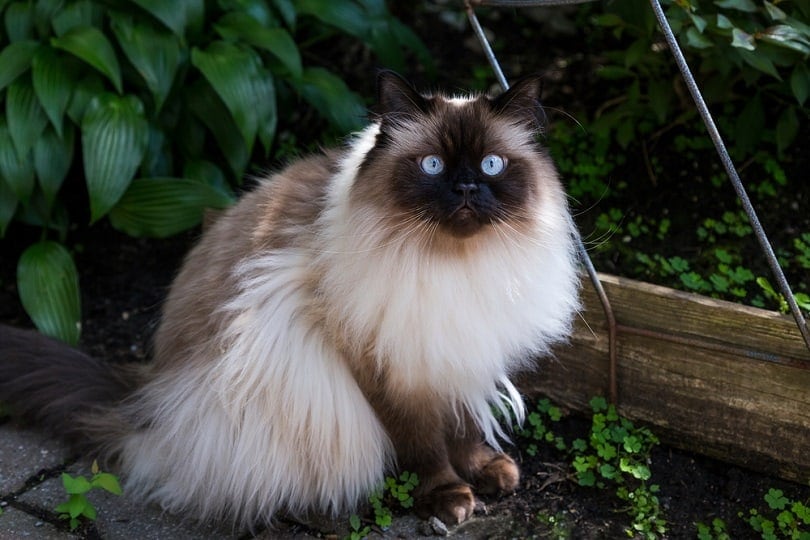
Do Doll Face Persian Cats Make a Good Pet?
Yes. Your Doll Face Persian cat will make a great pet; they’re affectionate and enjoy being around people. The long fur is attractive and cuddly when they snuggle up with you at the end of the day. Their loud vocalizations are amusing and leave little doubt about what they want, and they’re generally healthy and have a long lifespan.
The only downside to keeping a Persian cat as a pet is that they don’t like noise and can get quite unhappy about it, so they’re not a great choice if you live in a noisy part of the city or have small children who like to yell and play loud.
Conclusion
The Doll Faced or Traditional Persian can is an ancient breed with a long history of changes, though they have remained popular and continue to be one of the most popular breeds worldwide. Their long fur is cute and cuddly, and they’re happy to lounge around in a sunbeam in a quiet part of the house.
After a long day at work, they will come to the door to welcome you and will likely sit on your lap while you watch television, but they will avoid barking dogs and crying babies at all costs.
We hope you have enjoyed reading over our look into this interesting breed and have learned something new. If you prefer the traditional Persian over the squished-faced modern Persian, please share this guide to the Doll Face Persian cat on Facebook and Twitter.
Featured Image Credit: Mustafa ferhat beksen, Shutterstock



